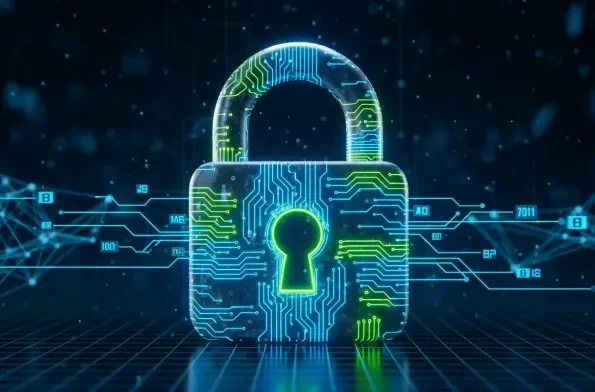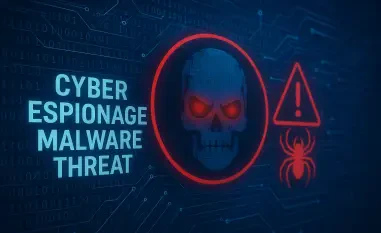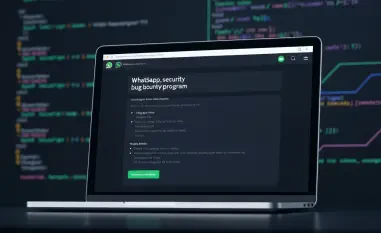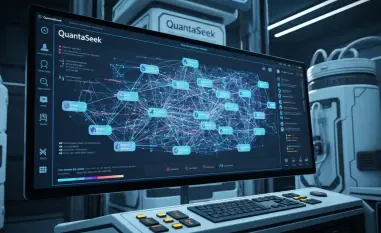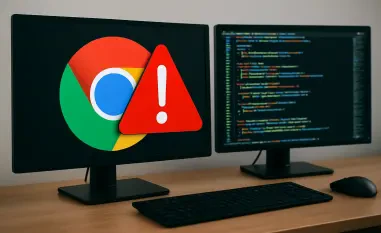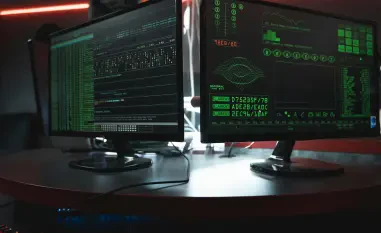Welcome to an insightful conversation with Malik Haidar, a seasoned cybersecurity expert with a wealth of experience in protecting multinational corporations from sophisticated threats and hackers. With a deep background in analytics, intelligence, and security, Malik has a unique ability to blend business perspectives with cutting-edge cybersecurity strategies. In this interview, we dive into the evolving challenges faced by enterprise security teams, exploring topics like the critical need for early threat detection, the pitfalls of lacking context in identifying malicious infrastructure, the deceptive tactics of threat actors, and the practical steps organizations can take to stay ahead of attacks. Join us as Malik shares his expertise on navigating the complex landscape of modern cyber threats.
How do you see enterprise security teams struggling most when it comes to detecting threats before they become active?
The biggest struggle for many SOC teams is spotting malicious infrastructure before it’s weaponized. Often, they’re looking at isolated pieces of data—like a newly registered domain with no activity—and it seems harmless on the surface. Without the right context, they can’t connect the dots to recognize that it might be tied to a dangerous threat group or poised for an imminent attack. This blind spot means they’re playing catch-up, and by the time they figure out what’s happening, the window to act has already closed.
Can you explain how a lack of context impacts a team’s ability to identify dangerous setups before an attack is launched?
Context is everything in cybersecurity. Without it, a SOC team might see something like a dormant domain and dismiss it as insignificant because they don’t have the bigger picture. If they knew, for instance, that the domain’s registration patterns or network ties matched a known threat actor’s behavior, they’d prioritize it differently. Missing that connection often delays their response, leaving them vulnerable as attackers move faster than the team can analyze and react.
Could you share a real-world scenario of how something that looks benign might actually be tied to a serious threat?
Absolutely. Imagine a domain that’s just been registered, sitting idle with no content or traffic. To most, it looks like nothing. But if you dig deeper and see it’s using a registrar or network setup that mirrors patterns used by a notorious group, you realize it’s likely a staging ground for an attack. That domain could be activated within hours for phishing or malware distribution, and if you didn’t catch those early links, you’re already behind. It’s like finding a single puzzle piece—without the full image, you don’t know the danger it represents.
Why is speed so crucial when trying to detect threats in their early stages, and what are the risks of hesitation?
Speed is critical because attackers often operate on very tight timelines. They might set up infrastructure and launch an attack within a matter of hours, or even minutes. If a security team is still debating whether something is malicious or waiting for more data, that window slams shut. The risk of hesitation is that the attack goes live—whether it’s stealing data, deploying ransomware, or disrupting operations—and now you’re in damage control mode instead of prevention. Every second counts in those early phases.
How can looking at indicators as part of a larger, connected picture help security teams respond more effectively?
When you treat indicators as composite objects—meaning you look at them as part of a broader pattern rather than standalone data points—you start to see the full story. For example, a domain by itself might not raise alarms, but when you combine it with data on its registrar, hosting provider, and network behavior, you might match it to a known attacker’s playbook. This approach gives defenders the context they need to prioritize threats and act decisively, rather than getting bogged down by disconnected bits of information.
What makes impersonation tactics targeting certain regional platforms so effective at deceiving both security teams and everyday users?
These impersonations work because they exploit trust and familiarity. Threat actors often mimic legitimate platforms—like job boards or government portals—that people and even defenders don’t instinctively question. They craft these fakes with incredible attention to detail, making them hard to spot at a glance. On top of that, there’s often a lack of awareness about how common these tactics are, so neither users nor security teams are on high alert for red flags, making it easier for attackers to slip through.
Why do you think awareness about these kinds of deceptive attacks remains so low, even among some security professionals?
Awareness is low because these tactics evolve quickly, and not everyone keeps up with the latest trends. Many security teams are overwhelmed with day-to-day alerts and don’t have the bandwidth to study emerging impersonation strategies. For the public, there’s even less exposure to the idea that a seemingly official site could be a trap. Without education or real-time intelligence sharing about these specific threats, both groups remain in the dark until an attack succeeds and the damage is done.
What practical advice do you have for our readers to better protect themselves and their organizations from evolving cyber threats?
My advice is to prioritize proactive measures over reactive ones. Invest in tools and intelligence that focus on predicting what attackers might do next, not just cataloging what they’ve already done. Train your teams and employees to question the legitimacy of even the most official-looking communications or websites—always verify before clicking or sharing data. And finally, build a culture of speed and context in your security operations. Connect the dots quickly, integrate reliable data sources, and don’t wait for absolute certainty to act on early warning signs. Staying ahead means thinking like the attacker and acting before they do.
